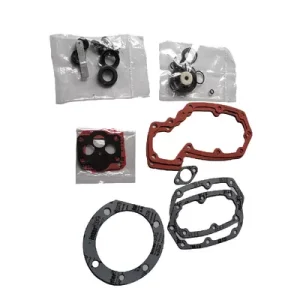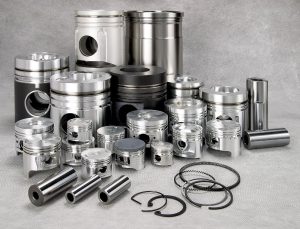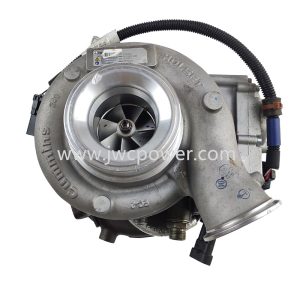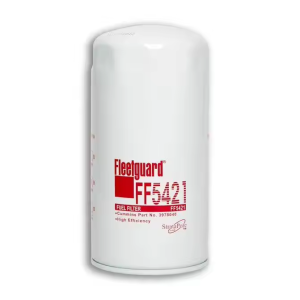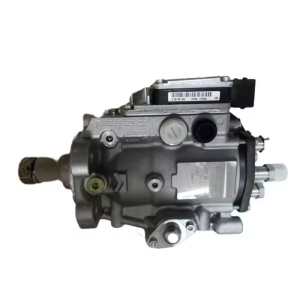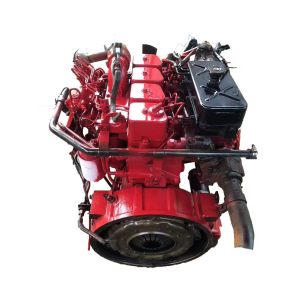When it comes to engine components, gaskets may not be the first parts you think of—but they are absolutely essential. In Cummins diesel engines, gaskets are critical for maintaining proper seals between engine parts, preventing fluid leaks, ensuring correct compression, and supporting overall engine performance.
Whether you’re a fleet operator, repair technician, or parts distributor, this guide will help you understand the role of Cummins gaskets, how to choose the right one, how to spot signs of failure, and what to consider during maintenance or replacement.
1. What Are Gaskets and Why Are They Important?
A gasket is a mechanical seal that fills the space between two or more mating surfaces, preventing fluid or gas leaks under compression. In Cummins engines, gaskets must withstand extreme heat, pressure, vibration, and exposure to oil and coolant. A failed gasket can lead to serious damage or complete engine failure.
Key Functions:
Prevent leaks (oil, coolant, fuel, exhaust gases)
Maintain compression within the combustion chamber
Protect against contamination of engine oil or coolant
Absorb vibration and surface irregularities
2. Types of Cummins Gaskets
Cummins engines use a variety of gaskets throughout the engine block, head, and peripheral systems. Below are the most commonly used gasket types:
Cylinder Head Gasket
One of the most critical gaskets. It seals the combustion chamber, allowing the engine to build compression and contain exhaust gases while also separating oil and coolant passages.
Common part numbers: 3283335, 3938267
Rocker Cover Gasket / Valve Cover Gasket
Seals the rocker cover to the cylinder head to prevent oil leaks from the top of the engine.
Oil Pan Gasket
Located between the oil pan and the bottom of the engine block, it keeps engine oil contained.
Failure signs: oil dripping under the engine
Intake and Exhaust Manifold Gaskets
These gaskets ensure that air flows properly into and out of the engine. A damaged manifold gasket can cause poor performance and fuel inefficiency.
Turbocharger Gaskets
Seals the connection between the turbo and exhaust manifold, as well as the oil feed and drain lines.
Important for: preventing boost leaks and oil seepage
Water Pump Gasket & Thermostat Gasket
These prevent coolant from leaking around the water pump or thermostat housing, which is essential for maintaining proper engine temperature.
3. How to Choose the Right Cummins Gasket
When selecting a gasket for your Cummins engine, precision is everything. Here are some tips:
Match the Engine Model
Each engine has specific gasket shapes and tolerances. Common Cummins engine series include:
6BT / 4BT
ISF2.8 / ISF3.8
ISX15
QSB / QSC / QSL
N14 / L10 / M11
Use OEM Part Numbers
Always verify the part number using the engine’s serial number or service manual. For example:
3283335: Cylinder head gasket for 6BT
3938164: Valve cover gasket for 4BT
Choose Quality Materials
Gaskets can be made from composite, rubber, metal, or multi-layer steel (MLS). Each application requires the correct material for thermal expansion and durability.
Genuine vs Aftermarket
While genuine Cummins gaskets ensure a perfect fit and long life, some high-quality aftermarket brands also offer reliable alternatives—especially for older engines or budget-sensitive repairs. Just avoid cheap, unbranded products.
4.Signs of Gasket Failure
Ignoring gasket issues can result in costly engine repairs. Watch out for these warning signs:
Coolant or oil leaks around the cylinder head, oil pan, or water pump
White smoke from the exhaust (coolant entering combustion chamber)
Engine overheating
Loss of compression or misfiring
Milky oil (coolant mixed with oil)
Hissing sound near exhaust manifold (manifold gasket leak)
Check engine light or low fluid warnings
5.Gasket Maintenance and Replacement Tips
Replacing a gasket isn’t just about removing the old one and installing a new one—it requires proper preparation and technique to ensure durability.
Clean Mating Surfaces
Use a gasket scraper and cleaner to remove residue and ensure a smooth surface before installation.
Follow Torque Specs
Each gasket has a torque pattern and torque value specified by Cummins. Use a torque wrench to tighten bolts evenly and avoid warping.
Use Sealant Only if Required
Some gaskets are designed to be installed dry, while others may need RTV or other sealants. Follow the service manual closely.
Inspect Related Components
When replacing a gasket, check for cracks, corrosion, or warping in the mating parts—especially on cylinder heads and exhaust manifolds.
Replace Gaskets During Engine Overhauls
If you’re disassembling the engine for major repairs or rebuilds, it’s recommended to replace all major gaskets with a full gasket kit.
6.Cummins Gasket Kits
For large repairs or overhauls, Cummins offers full engine gasket kits containing all necessary gaskets and seals. These kits save time, ensure compatibility, and often come at a better value compared to purchasing each gasket individually.
Popular kits include:
Upper Gasket Kit
Lower Gasket Kit
Full Overhaul Kit (includes both upper and lower gaskets, seals, O-rings, etc.)
Cummins gaskets are small but vital components that play a major role in the health of your diesel engine. Whether you’re performing routine maintenance or a full rebuild, using the correct gaskets and following proper installation procedures is essential for long-term performance and reliability.
Need help sourcing Cummins gaskets? We offer a wide range of genuine and high-quality aftermarket gasket sets for all major Cummins engine models. Whether you’re a wholesaler, repair shop, or end user, contact us today for competitive pricing and expert support.
Let me know if you’d like this blog formatted for WordPress or if you’d like to include a “Featured Products” section with real part numbers and images. I can help you turn this into a complete page with SEO enhancements.

